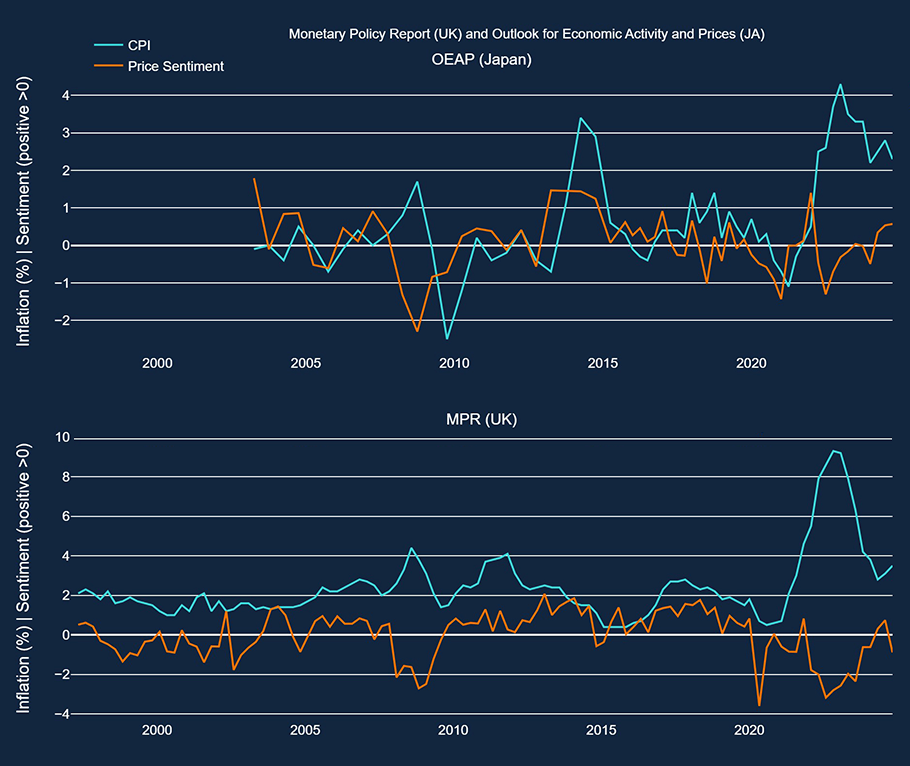2025 is not yet over but already, Gallagher Re’s Natural Catastrophe and Climate Report shows that in just the first half of the year, global insured losses have already hit $84 billion. At this pace, 2025 is set to mark the fifth straight year with insured losses exceeding $100 billion. All this exemplifies the fact that the frequency and intensity of climate-related events—floods, wildfires, earthquakes—have escalated dramatically to reach nearly unsustainable levels. Insurers are adjusting to this fundamental change in underlying risk and loss patterns and how it is impacting the products and services that they are bringing to market.
In the APAC region, and in New South Wales, Australia where I live, the natural catastrophes we over-index on tend towards flooding and bushfires. According to the Australian Bureau of Meteorology, rainfall totals ranged from around 330% to 630% of average across greater Sydney during August 2025 (last month of Winter for the Southern Hemisphere), making it an extremely wet month with many areas seeing their highest August totals on record. Historically, wet Winters followed by dryer Springs significantly increase the risk of bushfires in Summer. We’ve already experienced heat waves in the first two weeks of Spring (September 2025). Therefore, we are bracing ourselves for what’s to come. In this context, people are looking to their government and insurers for decisive action and demanding both the reassurance of an empathetic claims service and practical guidance on preventative and alleviatory measures.
Poor claims service is a brand risk
Not only meeting but exceeding these customer demands has become a strategic necessity. In the age of social media and instant gratification, empathy, transparency and speed are top of the agenda. Poor claims service, especially when it comes to emotive NatCat claims, isn’t just a customer experience failure—it’s a brand risk.
Claims are the emotional moment of truth for a customer, when the insurance company follows through on its promise to alleviate the pain when really necessary. If the claimant feels let down, real insurance company reputational damage, and therefore brand value, is at stake. Therefore, despite advancements in AI and digital transformation, it is disappointing to see that key customer experience metrics—customer loyalty/retention, effort score, satisfaction and lifetime value— have remained largely stable or seen only modest improvements over the past three years.
The insurance sector does outperform industry averages in some areas, with 47% of executives stating that customer satisfaction has improved somewhat in the last three years compared with 41% across all industries. However, the insurance industry falls short in fostering loyalty (with an 8% disparity versus all industries), and improvement in NPS (-5%). This suggests that while insurers excel at delivering positive initial experiences, there is a critical opportunity to enhance long-term engagement and streamline interactions for sustained success.
Insurers need to move from a payout mindset to a protection mindset.
Accenture’s Transforming Claims and Underwriting with AI report suggests that between 2022 – 2027, up to $170 billion in premiums is at risk due to poor claims experiences. Among claimants dissatisfied with their experience (31%), the top issues were settlement speed (60%) and closing process complexity (45%). That dissatisfaction directly drives churn: 30% of unhappy claimants switched insurers, and 47% more were considering it.
There is an opportunity to transform today’s challenges into moments of customer delight. Historically, insurers have been reactive — responding to claims after losses occur. But that model is rapidly changing. Today, digital-first carriers are embracing predictive and IoT-driven models that proactively prevent or resolve claims faster, reducing costs and improving customer outcomes. Our Illuminating insurance Innovation report, based on data from our sponsorship of the Qorus Innovation in Insurance Awards over many years revealed a threefold increase in product innovation program launches from 2019-2023. The future of claims is not just faster—it’s smarter, predictive, and preemptive. The carriers that lead will:
- Adopt a proactive claims model—using IoT, genAI, agentic AI and data analytics. State farm has deployed the IoT solution Ting, a smart home plug-in that detects electrical fire hazards, reducing claims costs and improving customer protection.
- Redesign Customer Experience—to build trust and loyalty, not just manage transactions. On the commercial side, insurers like AXA XL and Munich Re have partnered with WINT’s AI-powered IoT water management solution for construction sites and buildings, aiming to prevent water leak damage and reduce claims.
- Invest in catastrophe resilience—leveraging automation and predictive modeling. Traditional models and manual workflows are struggling to keep pace with the scale and urgency of today’s risk landscape. As a result, insurers are reimagining how they assess, price, and manage catastrophe risk. Future-ready insurers treat resilience not just as a pricing problem, but as a product innovation opportunity. Intact Financial Corporation launched a pilot partnership with Wildfire Defense Systems (WDS) to provide an on-the-ground prevention service (clearing brush, sprinkler deployment) when wildfires approach, to reduce wildfire damage before a claim occurs.
- Champion customer-centric, digital models—tailored for speed and simplicity. For example, P&C carrier Suncorp Australia has been awarded the Australian Financial Review (AFR) AI award in the Ethics and Responsibility category for its application of the Single View of Claim tool. The tool uses generative AI to quickly reveal a claim’s status including prompting steps that Suncorp staff should take to progress it. It has already produced 1.8 million claim summaries by processing 2.74 billion words.
80% of research respondents in our joint Accenture-Qorus report told us that their innovation projects either met or surpassed the financial outcomes they expected. When it came to their non-financial goals, such as customer engagement and satisfaction, brand strength and employee loyalty, the figure rose to 98%. In this context and in a world of rising risks and expectations, insurance is no longer just about managing losses—it’s about creating confidence. Insurers must take action to incentivize innovative, preventative measures in their insurance policies and redesign the claims customer experience to truly meet customer needs. I’d be delighted to discuss this immense opportunity with you – feel free to contact me on Linked in.
Publisher: Source link











